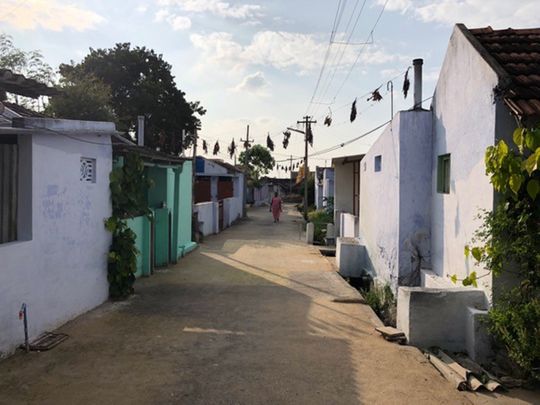
Bengaluru: Whether you call it fast fashion, mass production or powerloom, industrialisation of textile has come a long way and has become entrenched, but that doesn’t mean the slow, refined and customised handloom production has worn out.
Though the powerloom has taken over most of the textile industry in India, there are still a few handloom clusters in rural India that are hanging by the thread, preserving their ancestral heritage through their sweat and blood.
The state of Tamil Nadu is known for its long tradition of handloom weaving, with several clusters spread across the southern state producing cotton and silk sarees, bedsheets, towels, lungies and other fabrics.
One such cluster is the hamlet of Periya Negamam that has busied itself with handloom for several centuries.
So entrenched is the tradition in this village that the handloom pits and all the other paraphernalia that go with them are neatly built into the little cottages that double up as homes as well as workshops of the inhabitants.
Deserted but not empty
Located around 15 kilometres north of Pollachi in the Coimbatore district of Tamil Nadu, the quaint little hamlet welcomes visitors with deserted streets.
At first glance, a visitor might assume it to be haunted or abandoned, but before one could jump to any conclusions a rhythmic din indicates that there is more to this village than what meets the eyes.
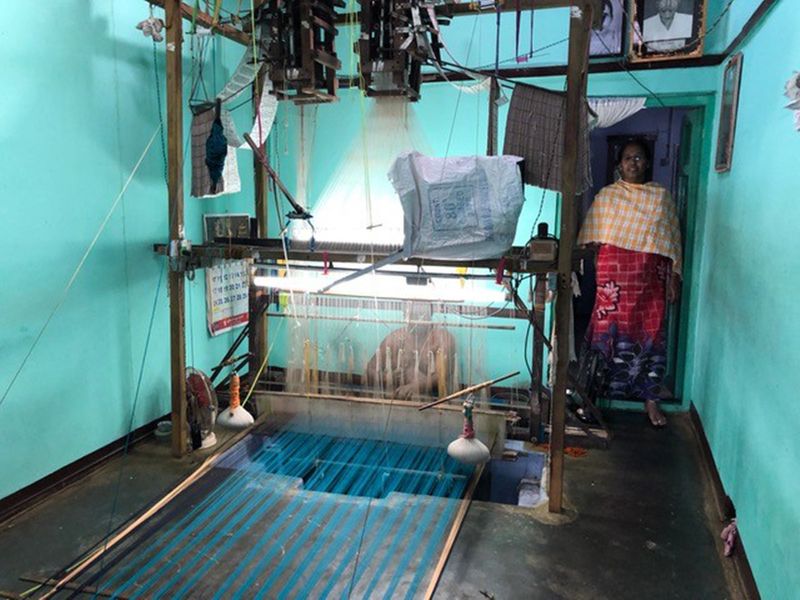
The clickety-clack of the handloom pits immediately draws you to the nearest of the neatly curated row houses. You enter any house and you will find its members, across generations, busy with some activity related to the weaving of a saree.
With all the three generations of each family occupied in either spinning, dyeing, wefting or warping, it’s a village that knows no other occupation.
The 300-odd families of Periya Negamam begin their day as early as 5am, working on their looms that are known to weave among the most sought after cotton sarees in the region.

But, more than its exquisite handloom sarees, Negamam stands out as the torchbearer of an ancient craft that is gradually wearing away into history.
“I come from a long line of handloom weavers. My parents, uncle, brother and wife are all weavers. I have been working as a weaver for almost 28 years now. We work on labour contract basis. We get orders along with the raw material. We weave the sarees according to the order,” said Nagaraja, 45.
It takes Nagaraja up to two days two complete a saree, but he doesn’t do it alone, the process involves his wife as well.
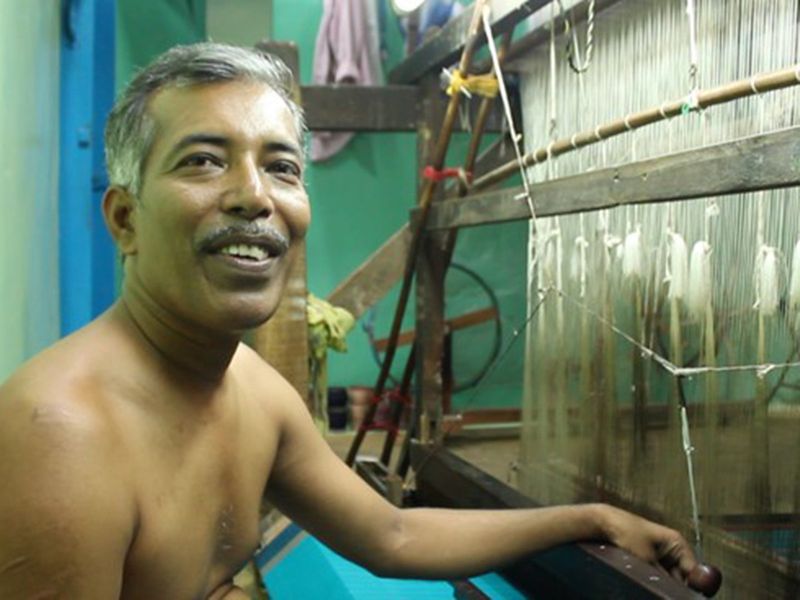
“The making of a saree involves various steps which we complete together as a family. My wife and I together earn 1,100 per saree. My daughter is also learning this craft, she is learning a little everyday after school. My wife balances weaving and homemaking well, we compliment each other as a family,” added Nagaraja, who took over as a master weaver from his father Dandapani.
Too old now to go through the rigours of handling a loom, the septuagenarian Dandapani now busies himself, along with his wife Savitri, in spinning the freshly arrived cotton fibre into fine threads on motorised spinning wheels.
The old couple weaved sarees for 30 years before moving onto spinning the yarns nine years back.
Fading fortunes
But, not all families in the village are as fortunate as Dandapani and Savitri to have their children and grandchildren continue their ancestral tradition.
In the neighbouring cottage, a giant winding wheel is the first thing that catches the eye as one enters the gate.
However, the wefting wheel has come to a grinding halt as its last proponent passed away recently, leaving only his old widow to practise the craft whenever she could.
Armugam and his wife Manonmaniam had together kept the wheel rolling for three decades, specialising in the process of wefting. Not anymore.
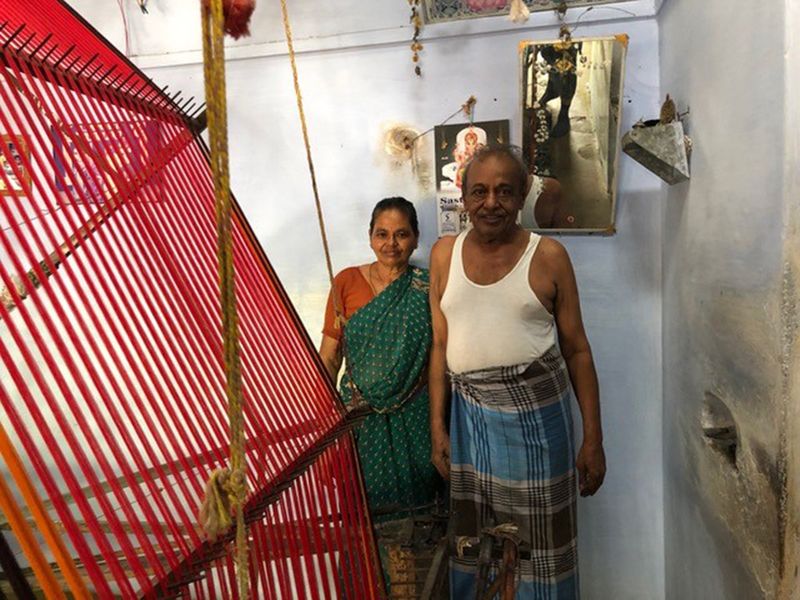
“We did this together for 27 years. But, hardly now. Our only son is educated. He studied chemistry and works in Coimbatore as a medical representative. This work used to sustain us, we used to earn around Rs10,000 per month, this used to be our only source of income. Now, with my husband gone, I can barely manage alone,” said Manonmaniam.
The widow’s story echoes across the deserted streets of Periya Negamam, with every other household grappling with the challenges of modernity.
New shades
However, not all is lost, with every young man going away in search of greener pastures, the old weavers are finding new ways to weave the fabric of their lives in new colours and patterns.
Apart from warping and wefting, dyeing plays an important role in the production of a saree, and one family in the village has mastered the art of giving the sarees new shades.
“Our ancestors were actually weavers. But, our father started this dyeing business and now we are continuing with this tradition. My brother and I, we work together as dyers. We dye around 20 sarees per day and earn Rs100 per saree. Our collective monthly income is around Rs60,000, with which we have to sustain our large joint family,” said Kamachi Sundaram, who has been working as a dyer for more than two decades.
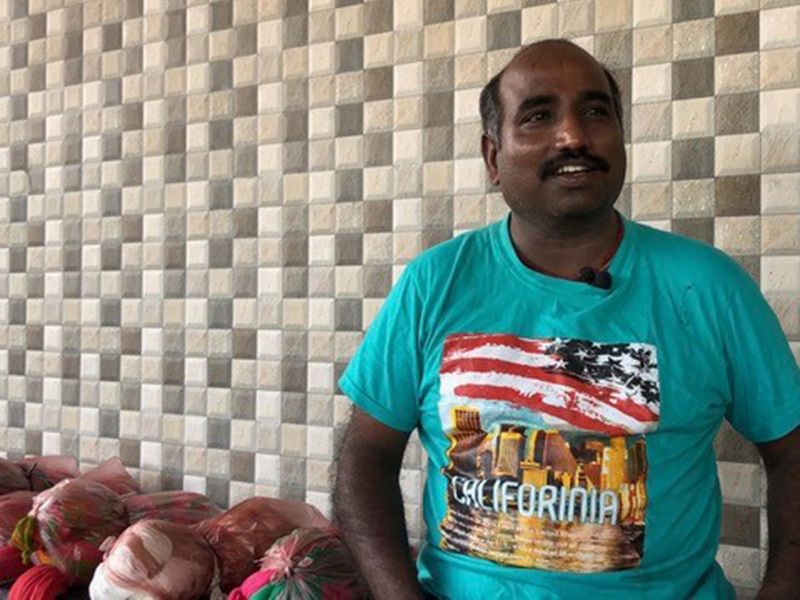
The Negamam dyers used natural colours until recently, but Sundaram says, high cost of resources and low margins of profits have forced them to opt for artificial dyes.
Though the powerloom has taken over most of the textile industry in India, there are still a few connoisseurs who value the finesse of handloom fabrics.
This is where distributors like Laxmi Textiles come into picture.
Working exclusively with the Negamam weavers, the homegrown firm forms a vital link between weavers and their scant patrons.
However, neither this link, nor the generous patronage of a few connoisseurs might be enough to keep the handlooms running for long.
- Shafaat Shahbandari is a Bengaluru-based journalist.


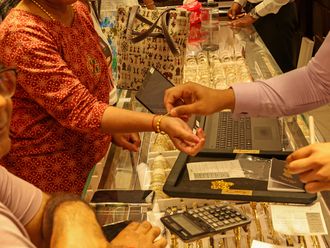
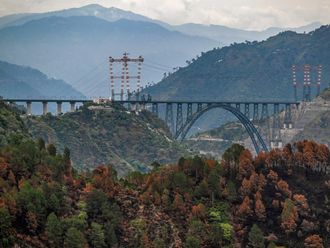




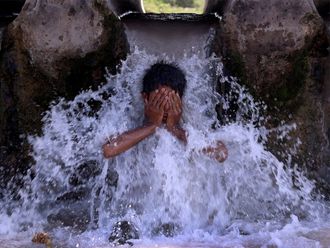

_resources1_16a30b3523c_small.jpg)

